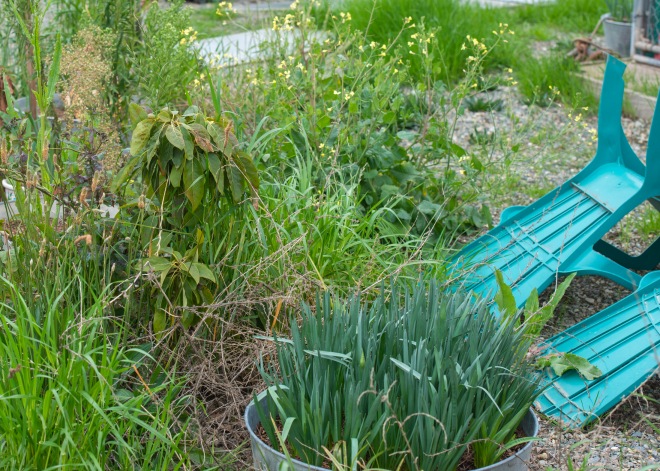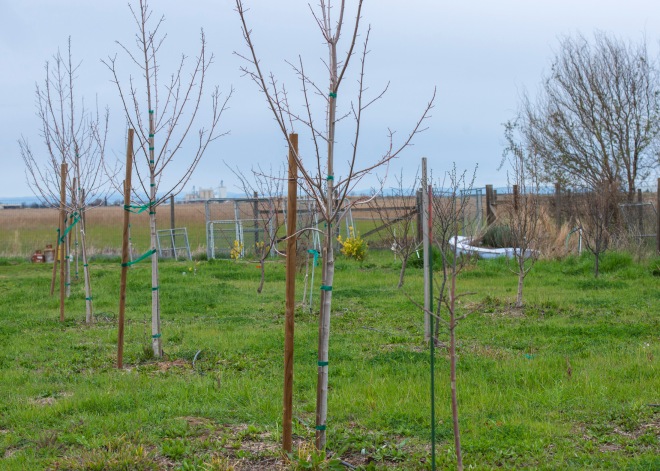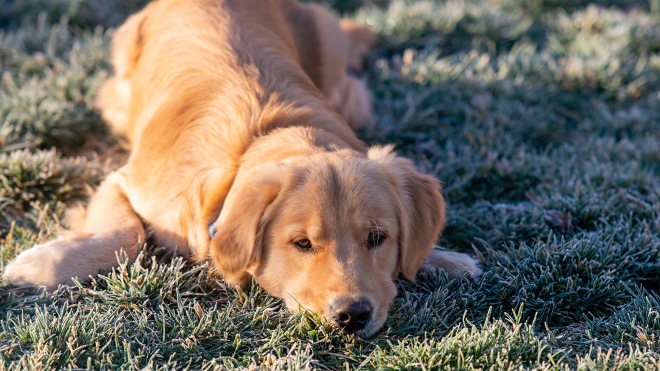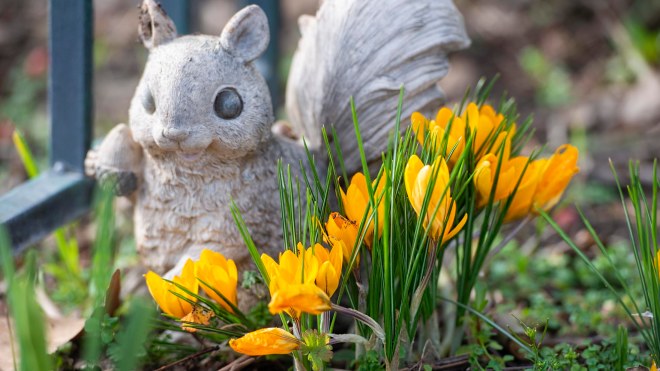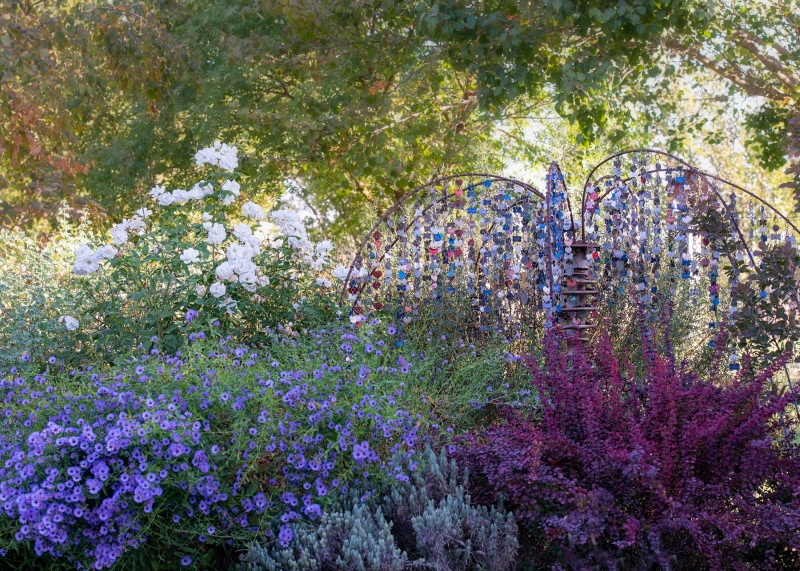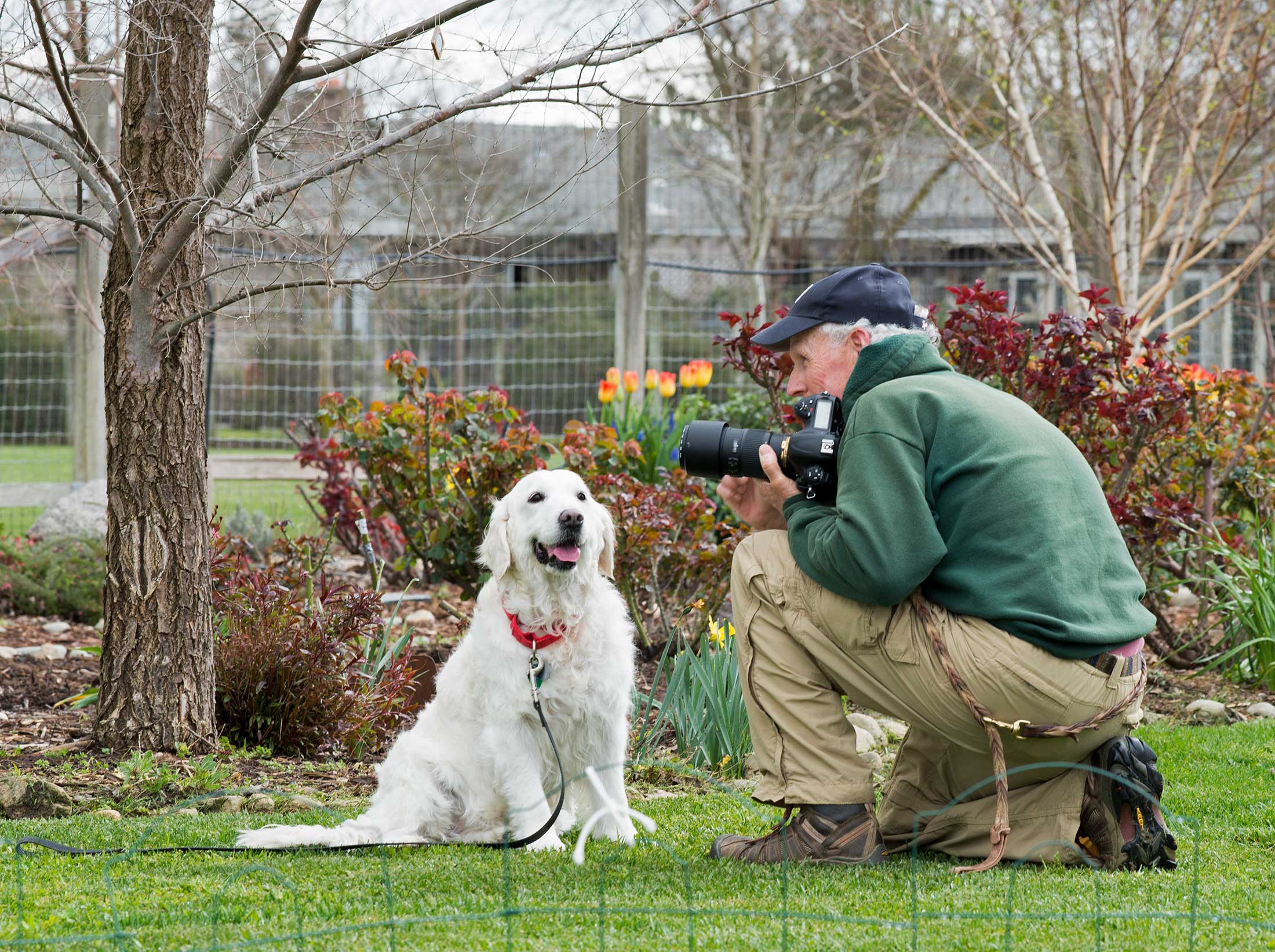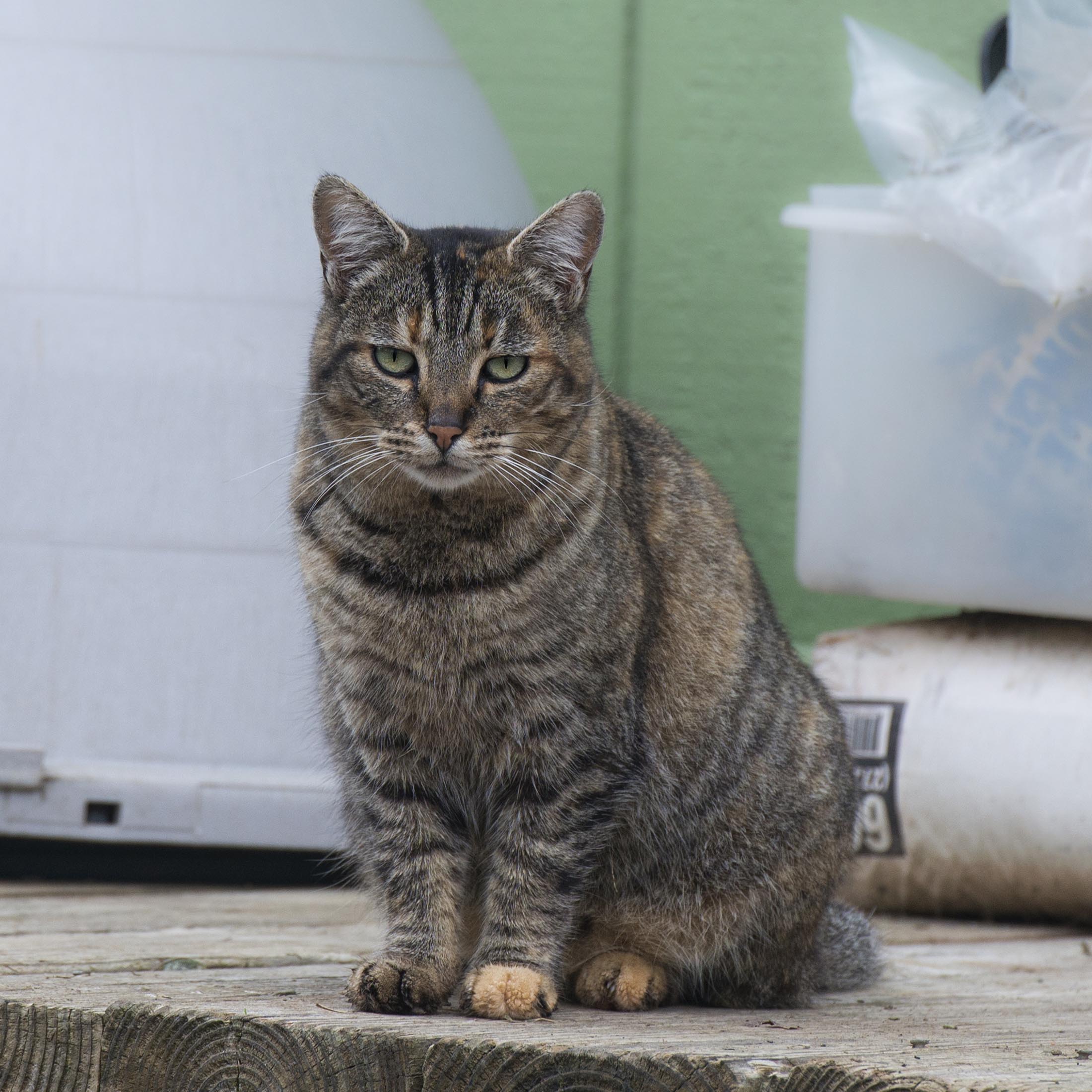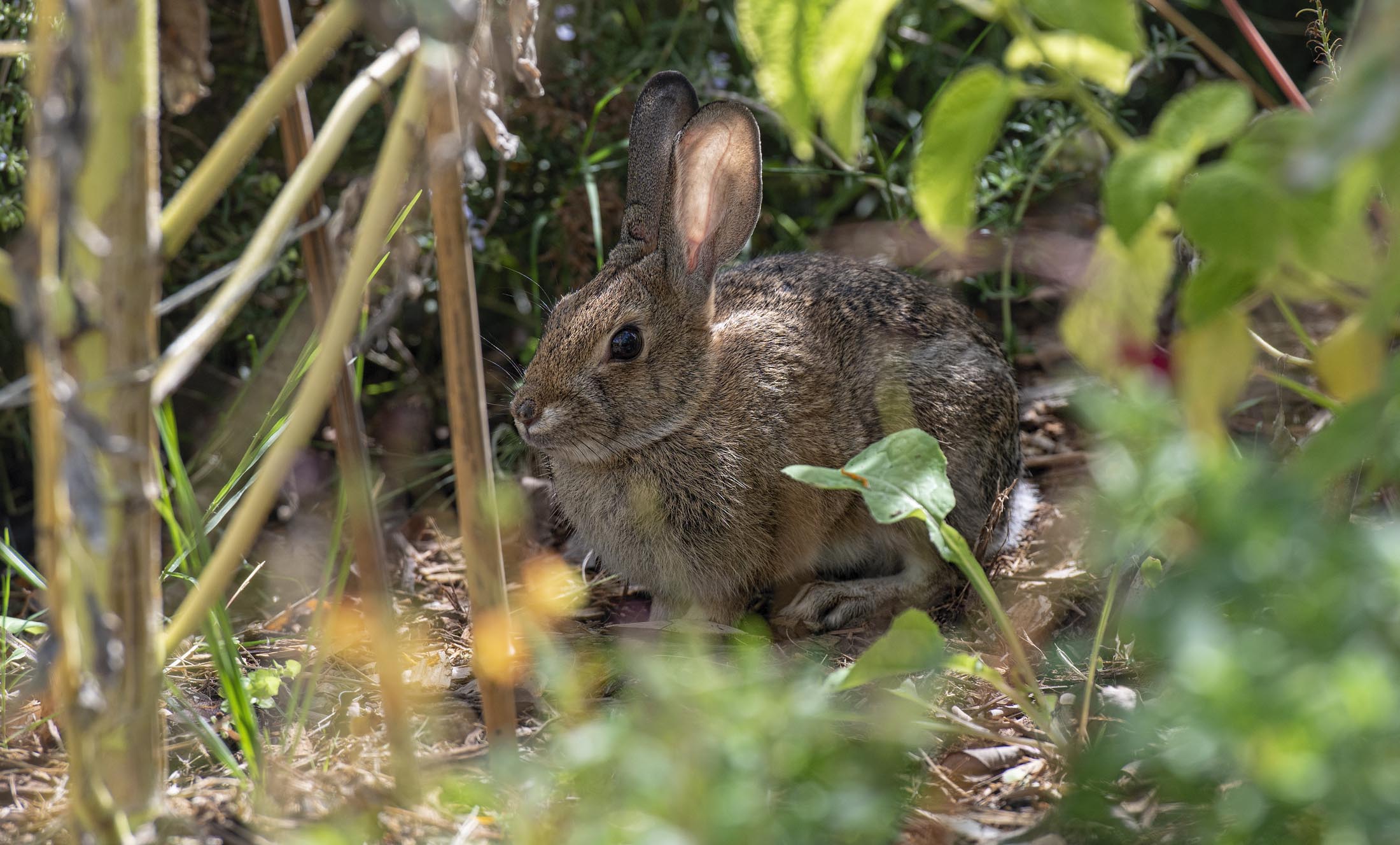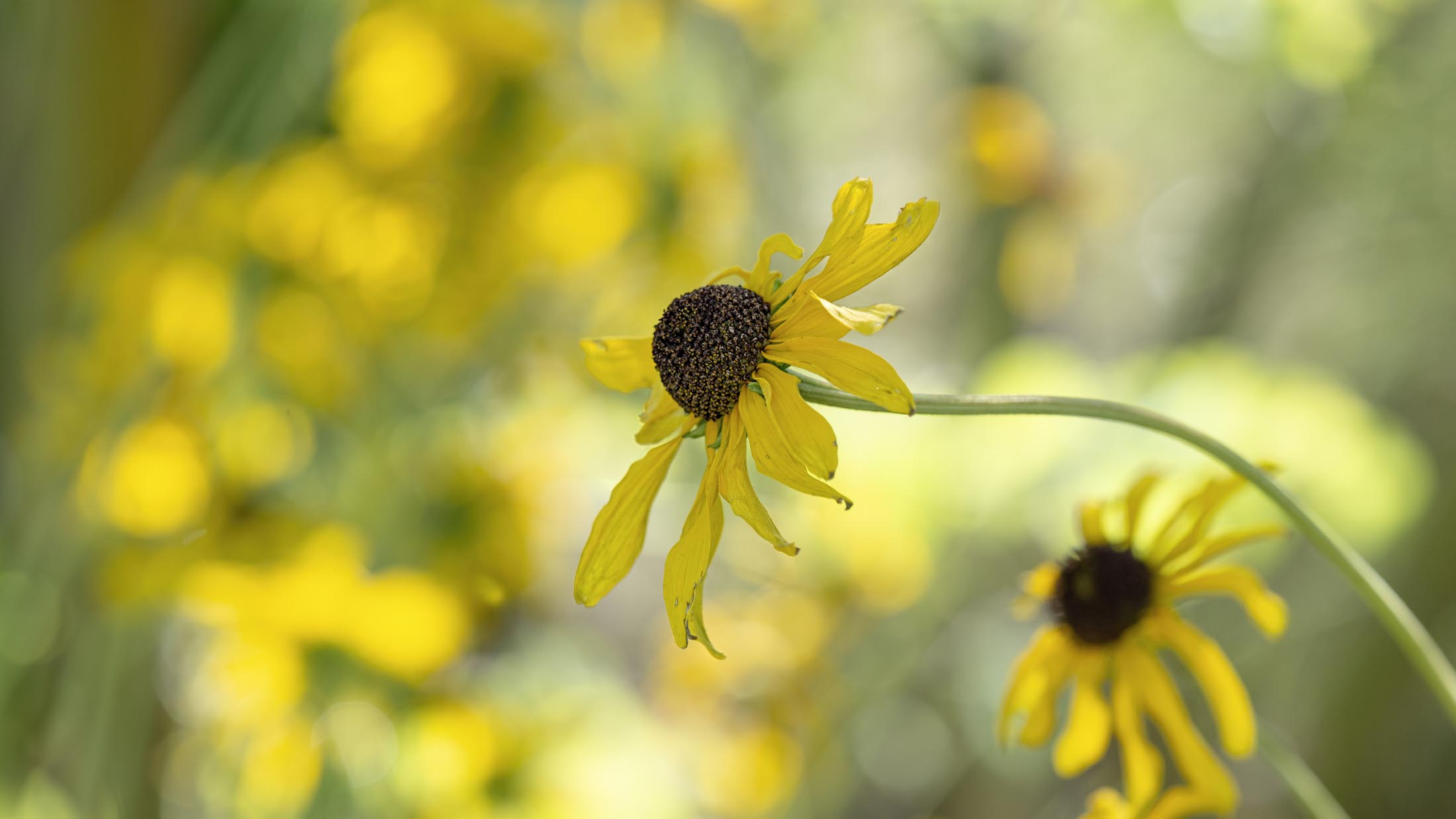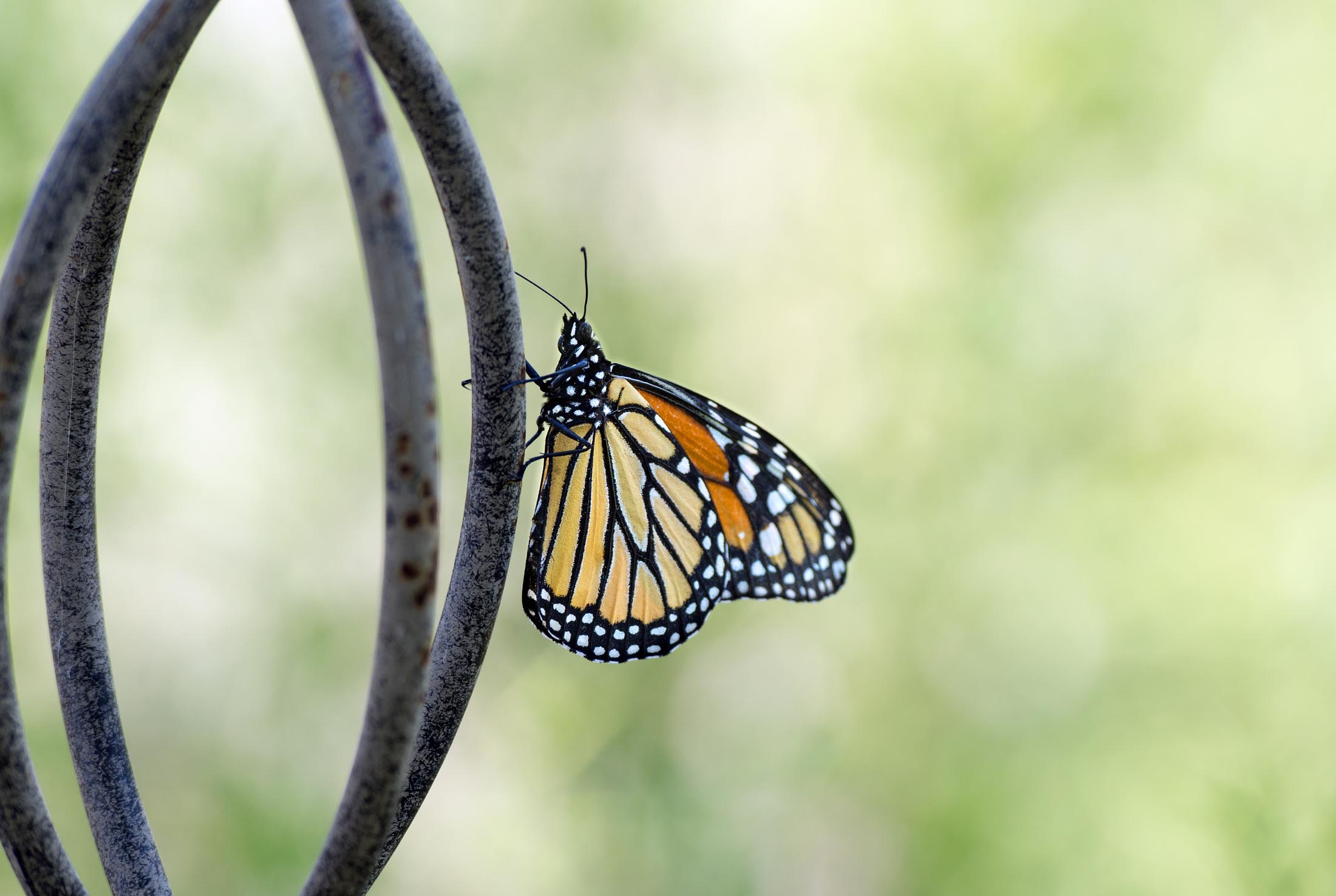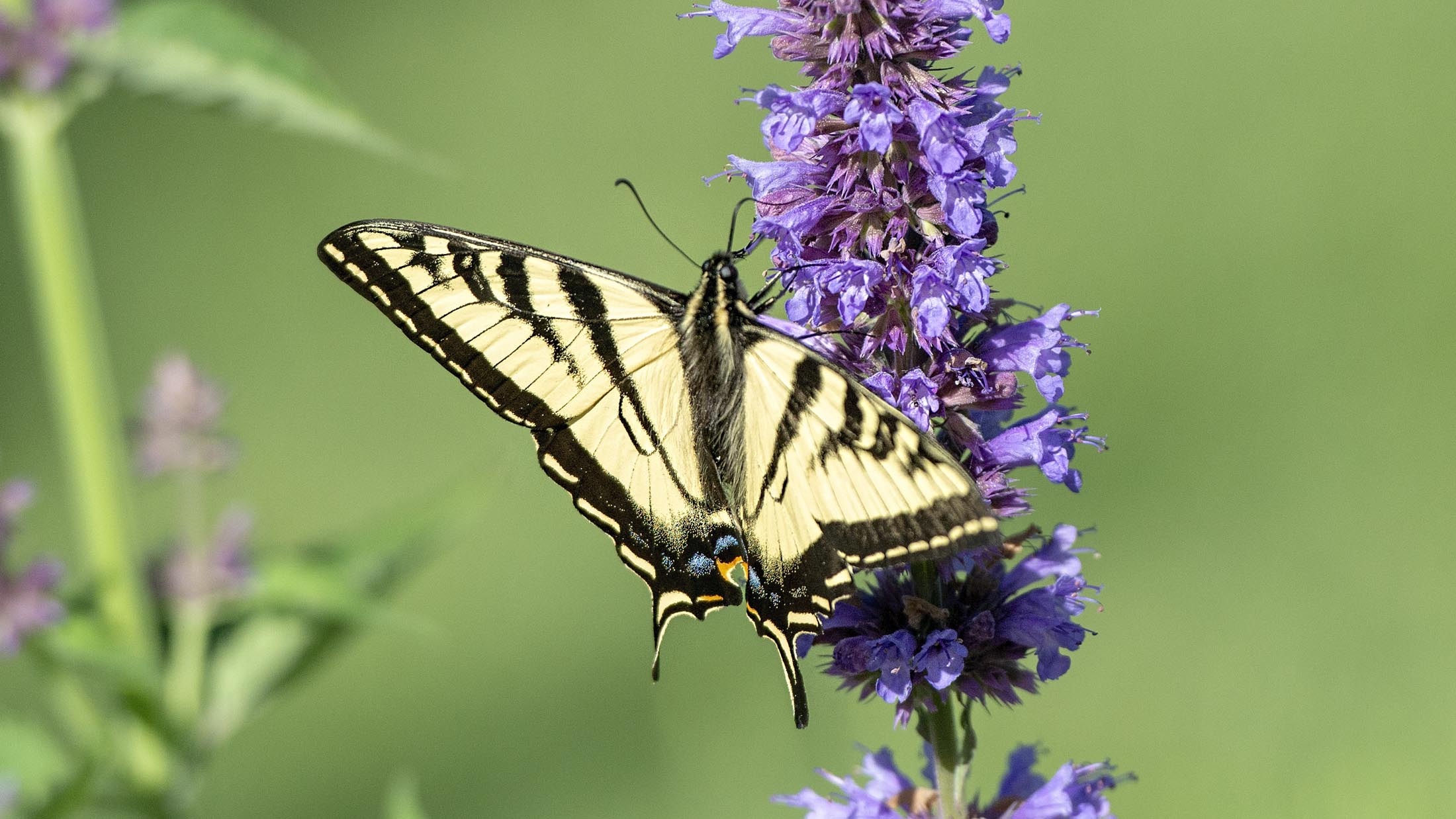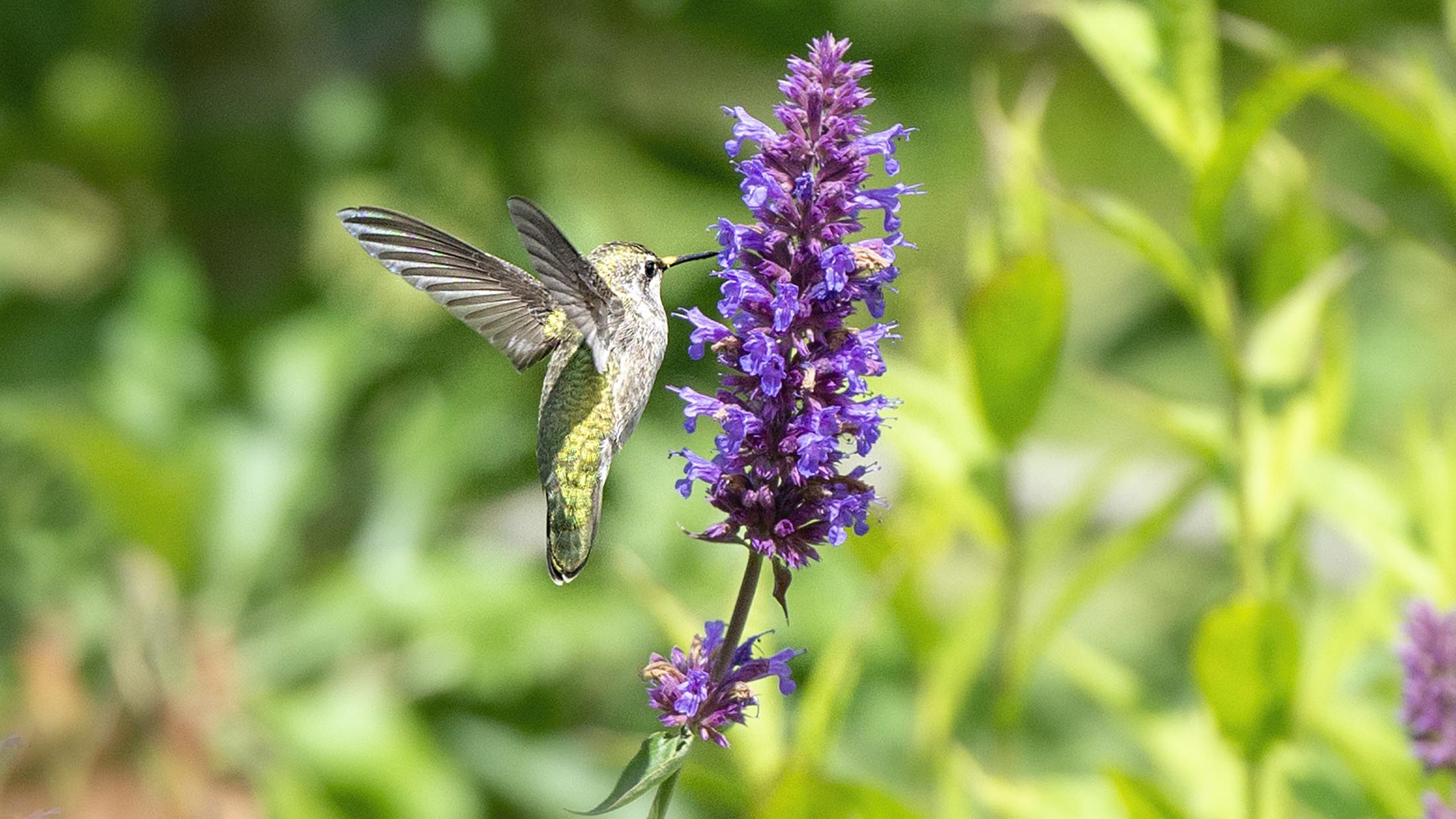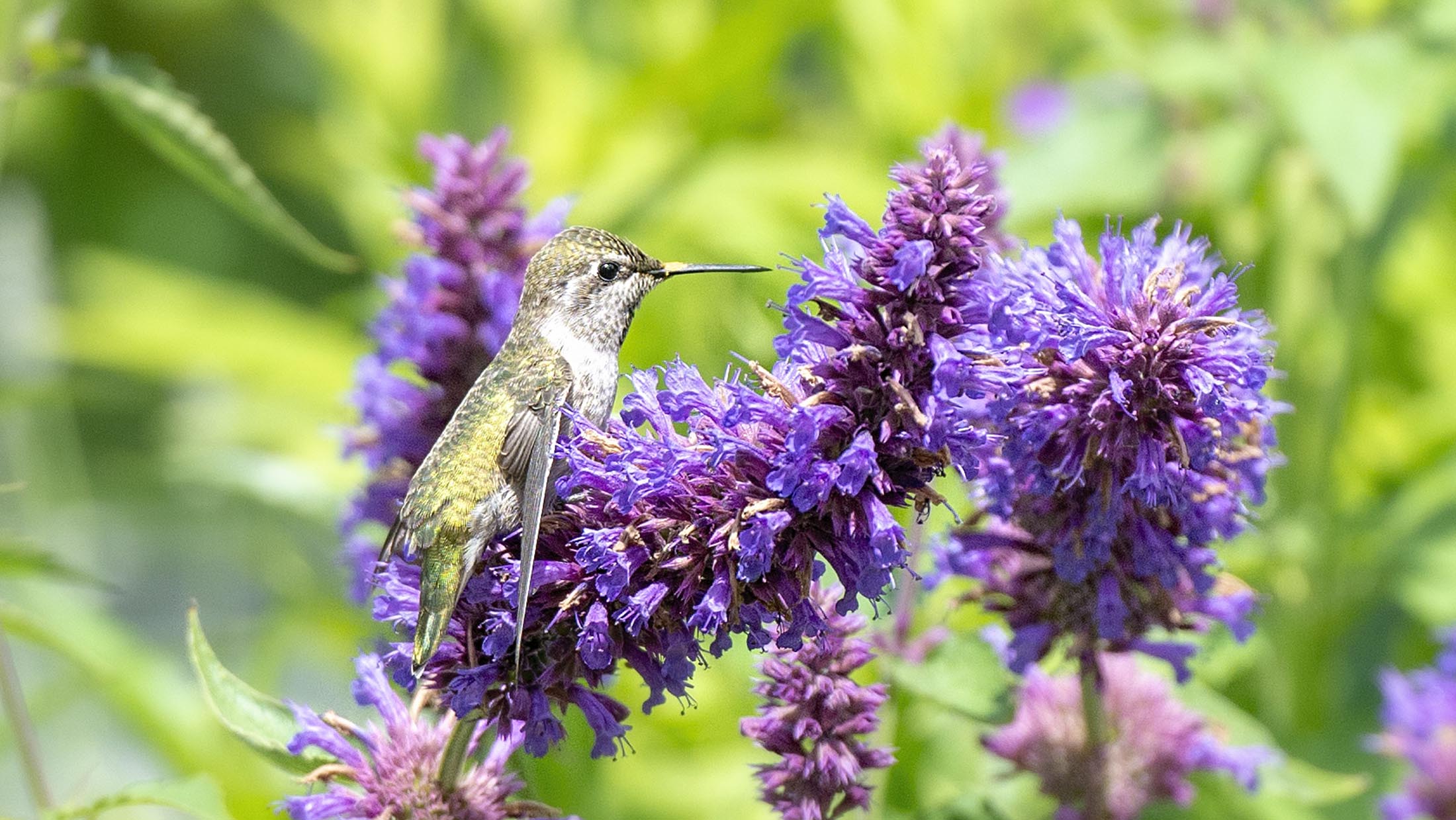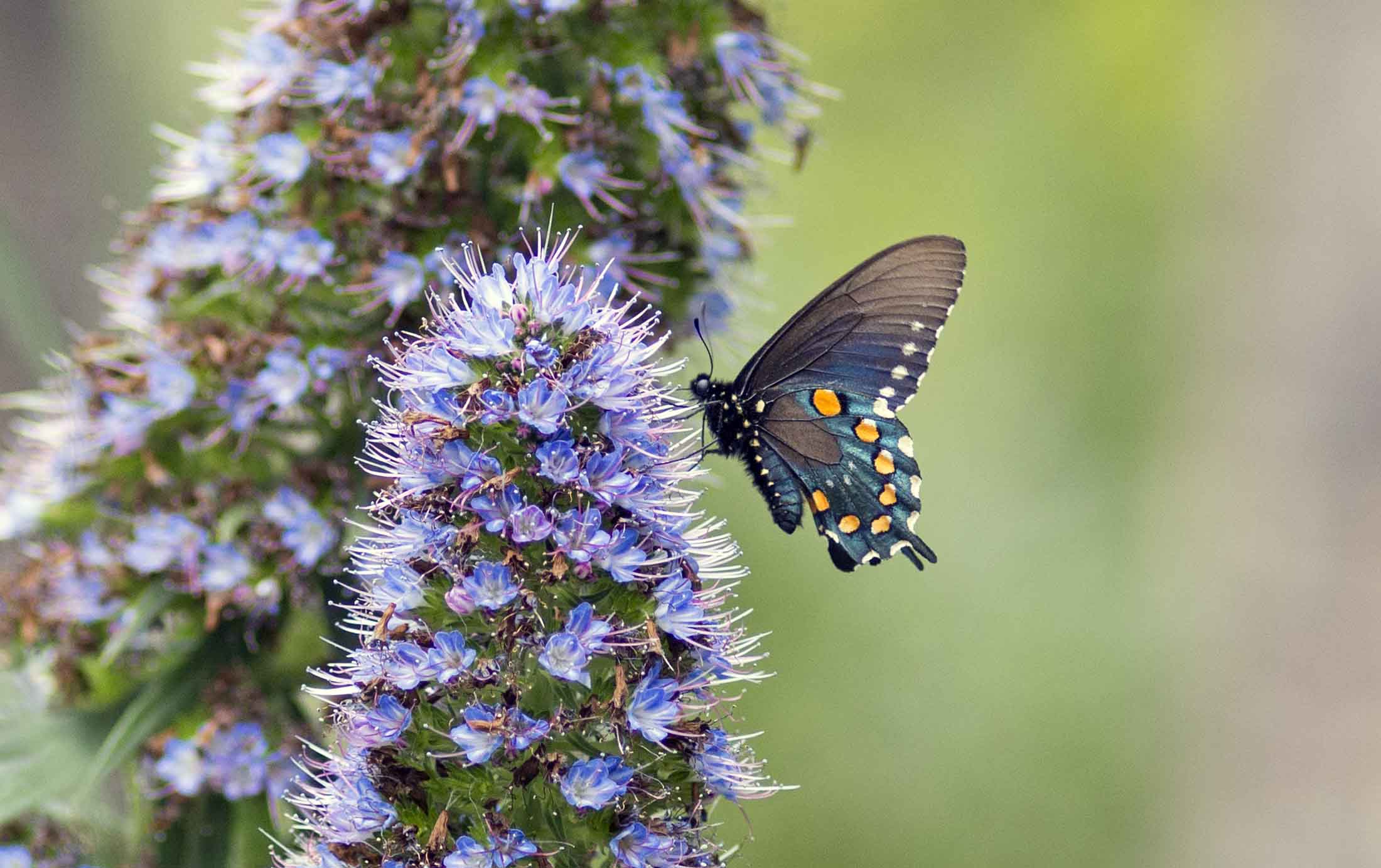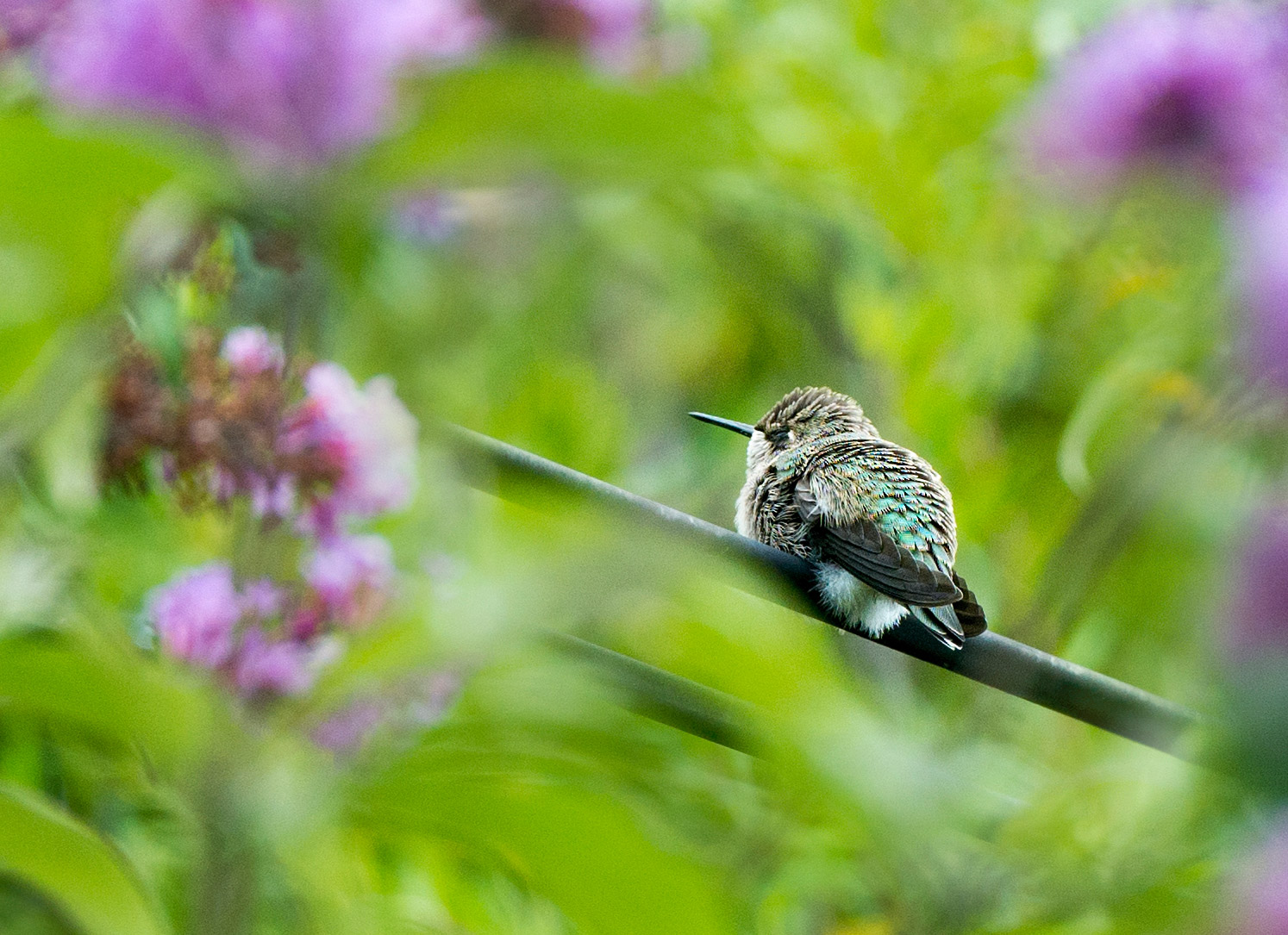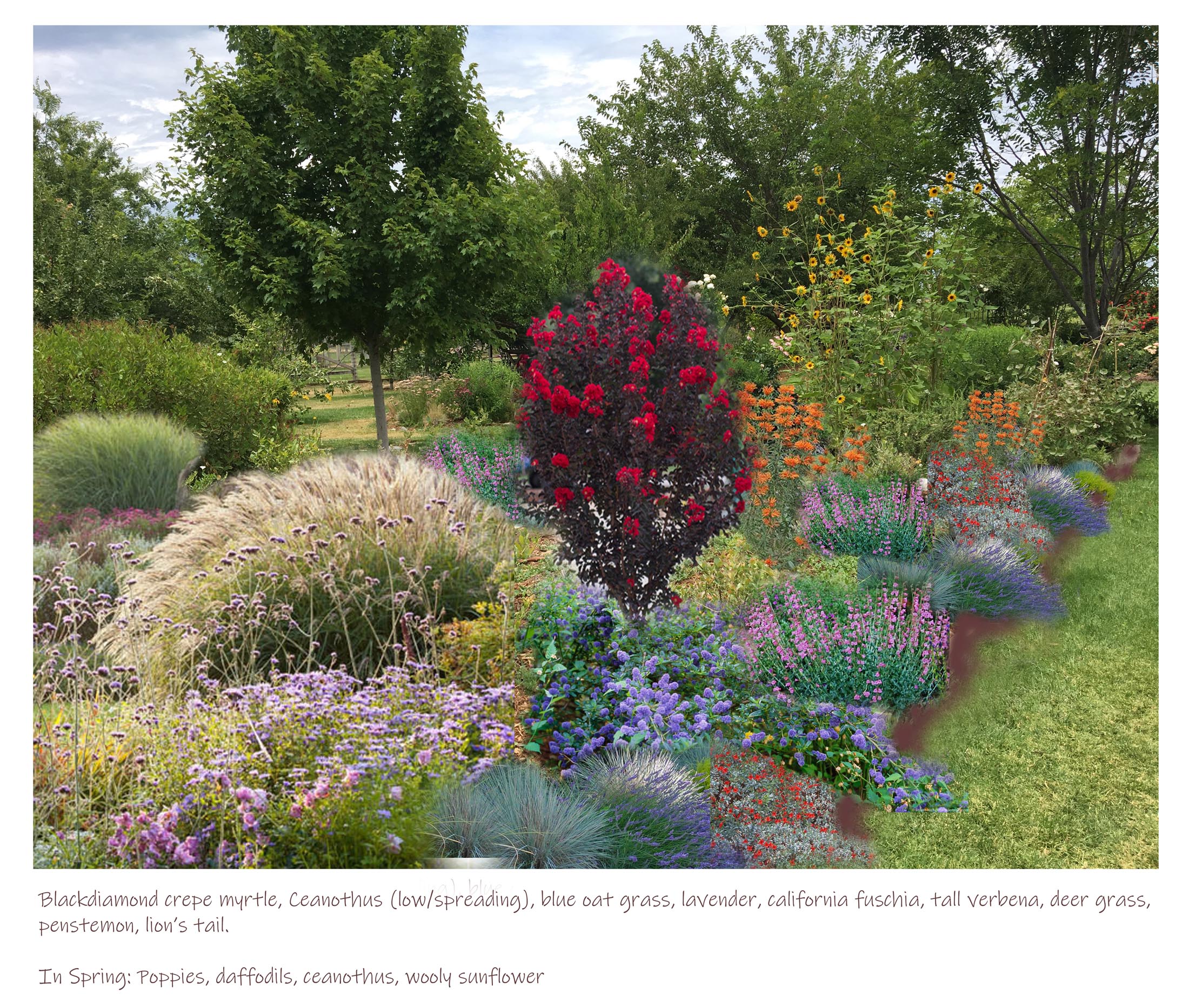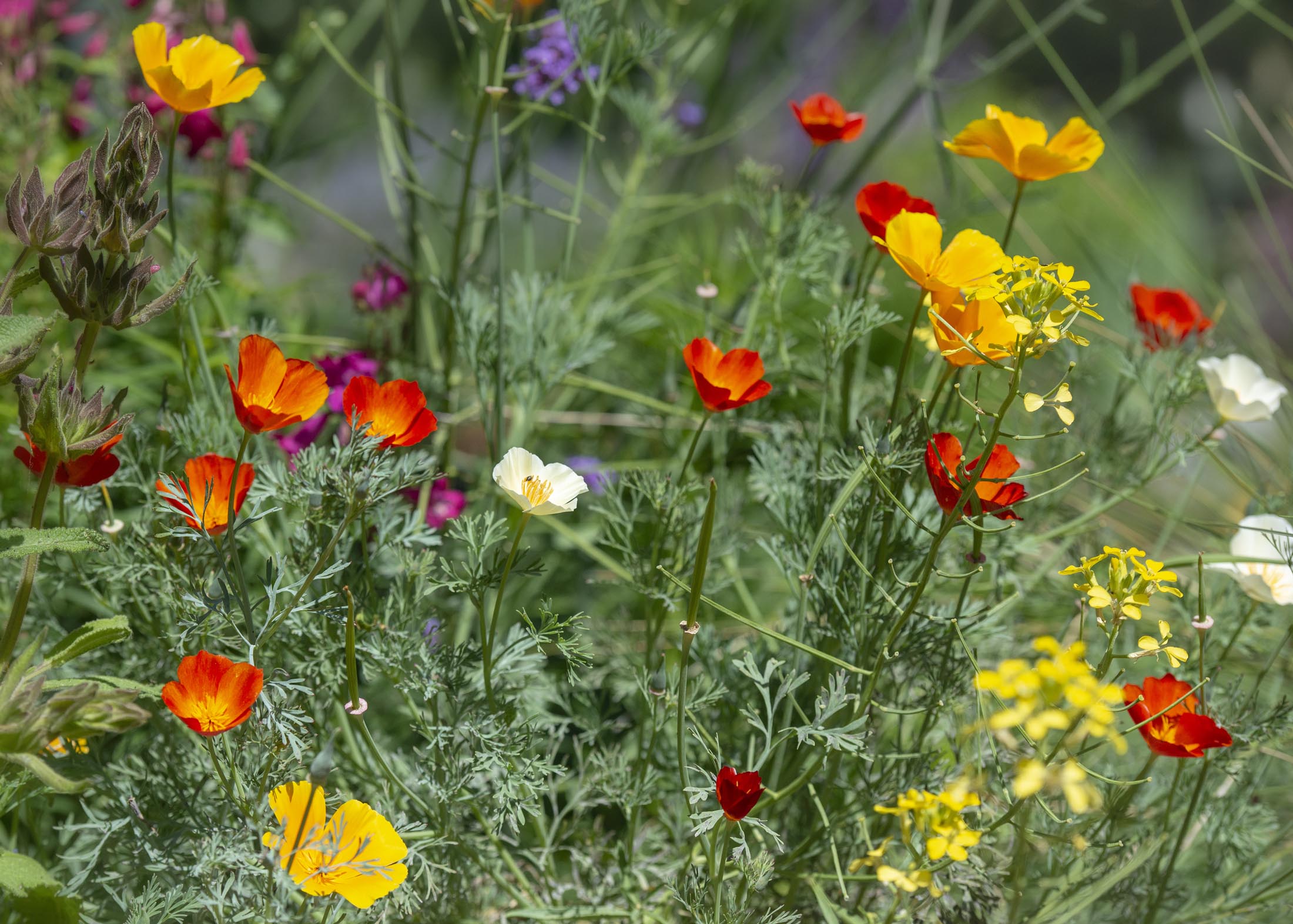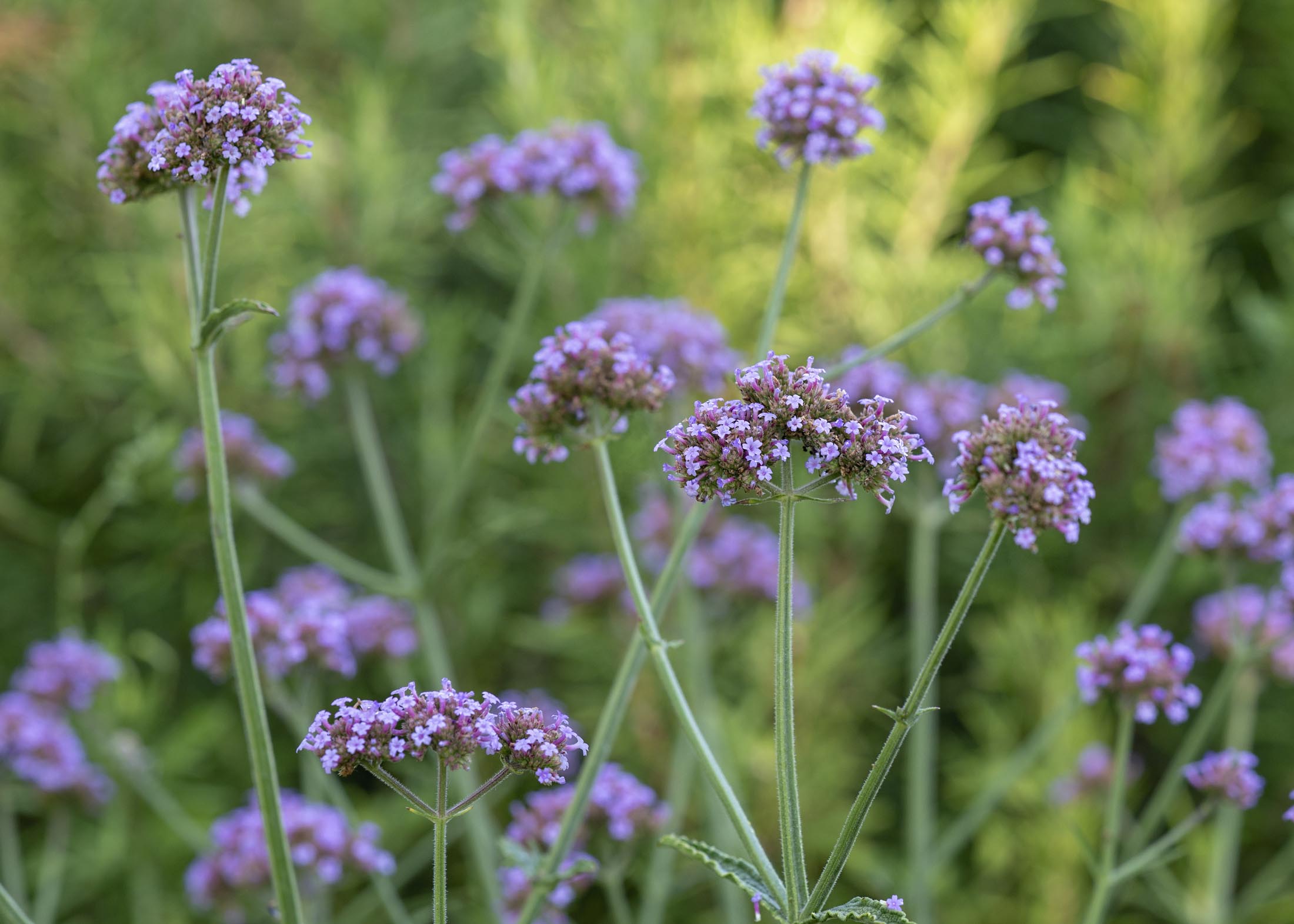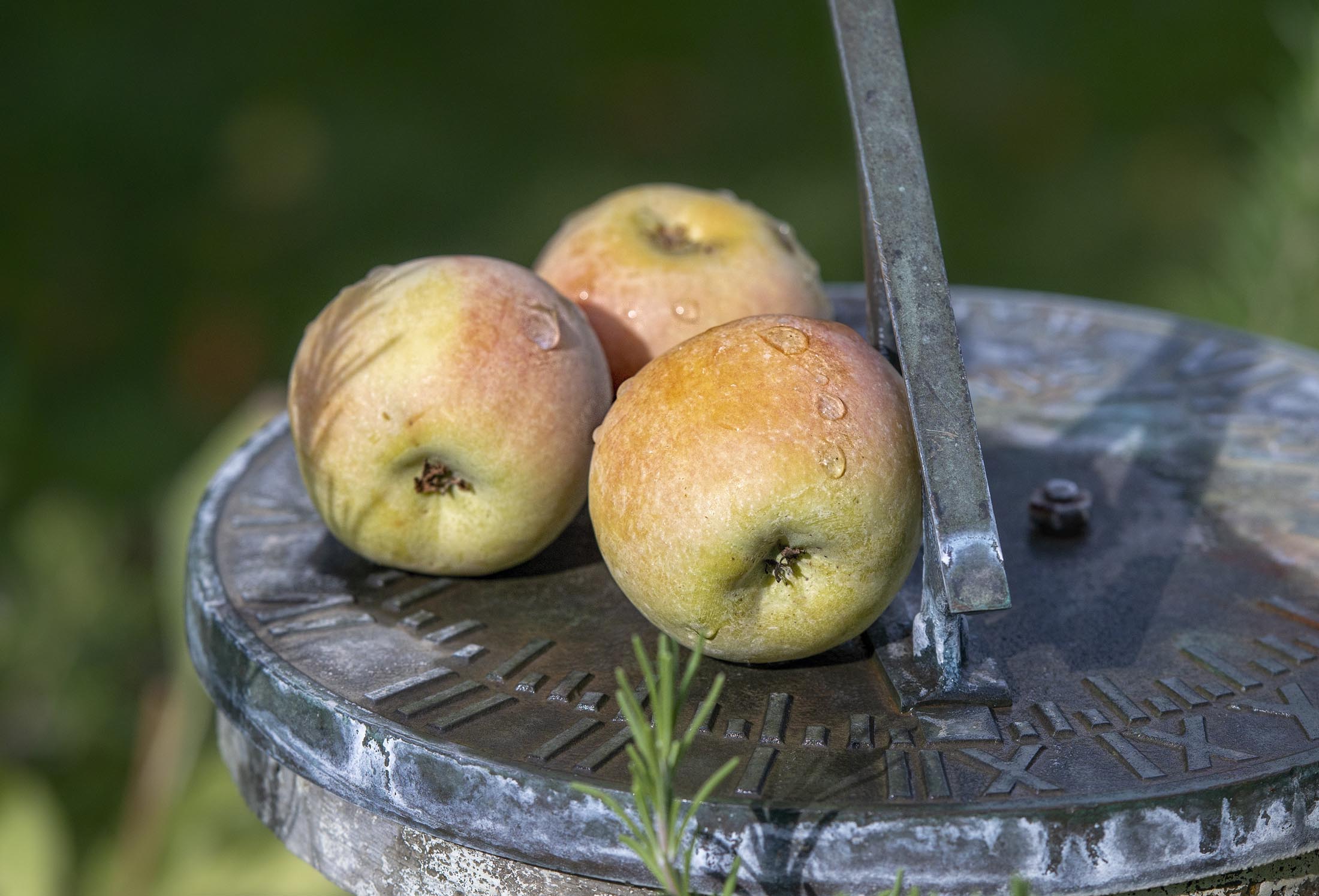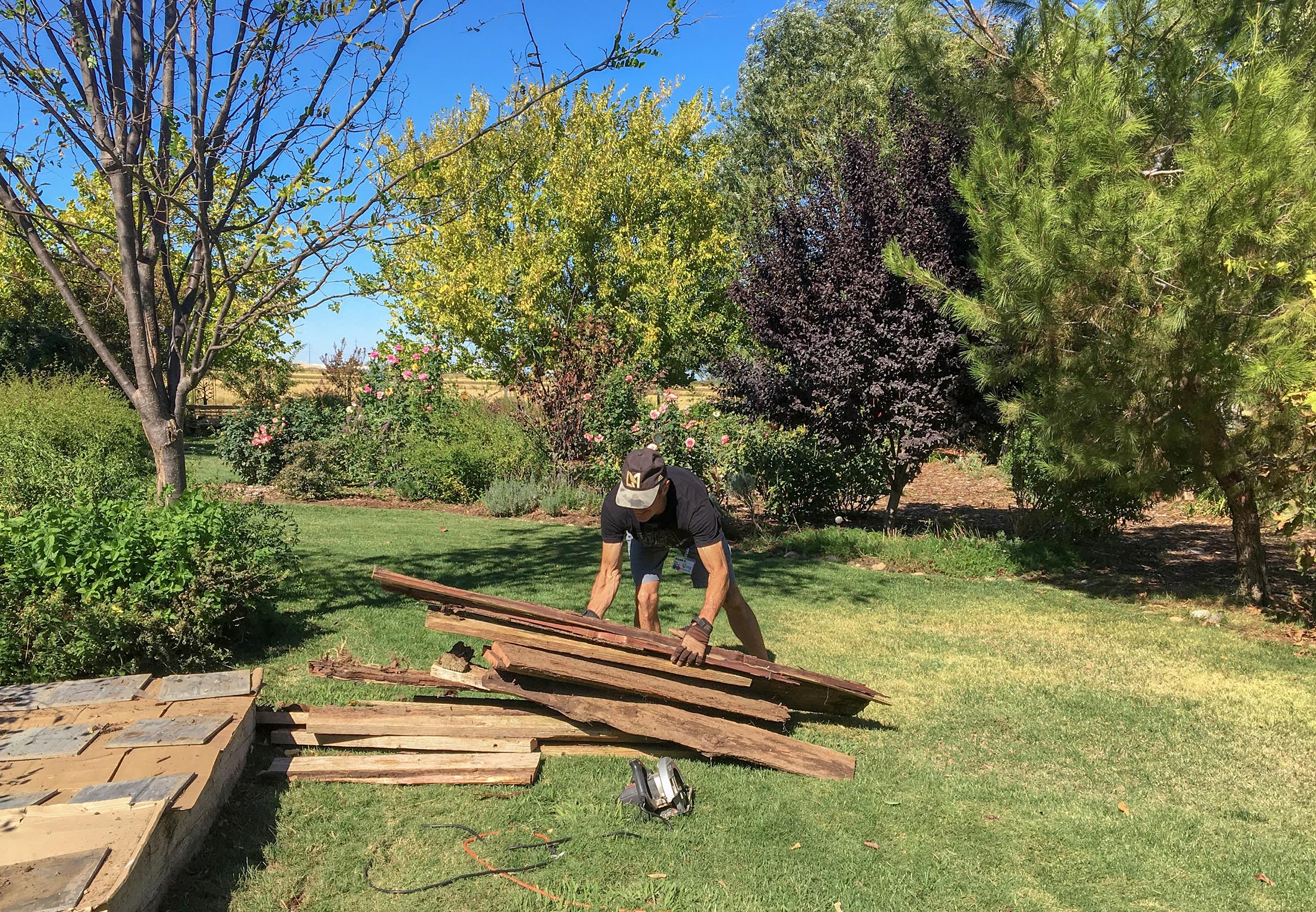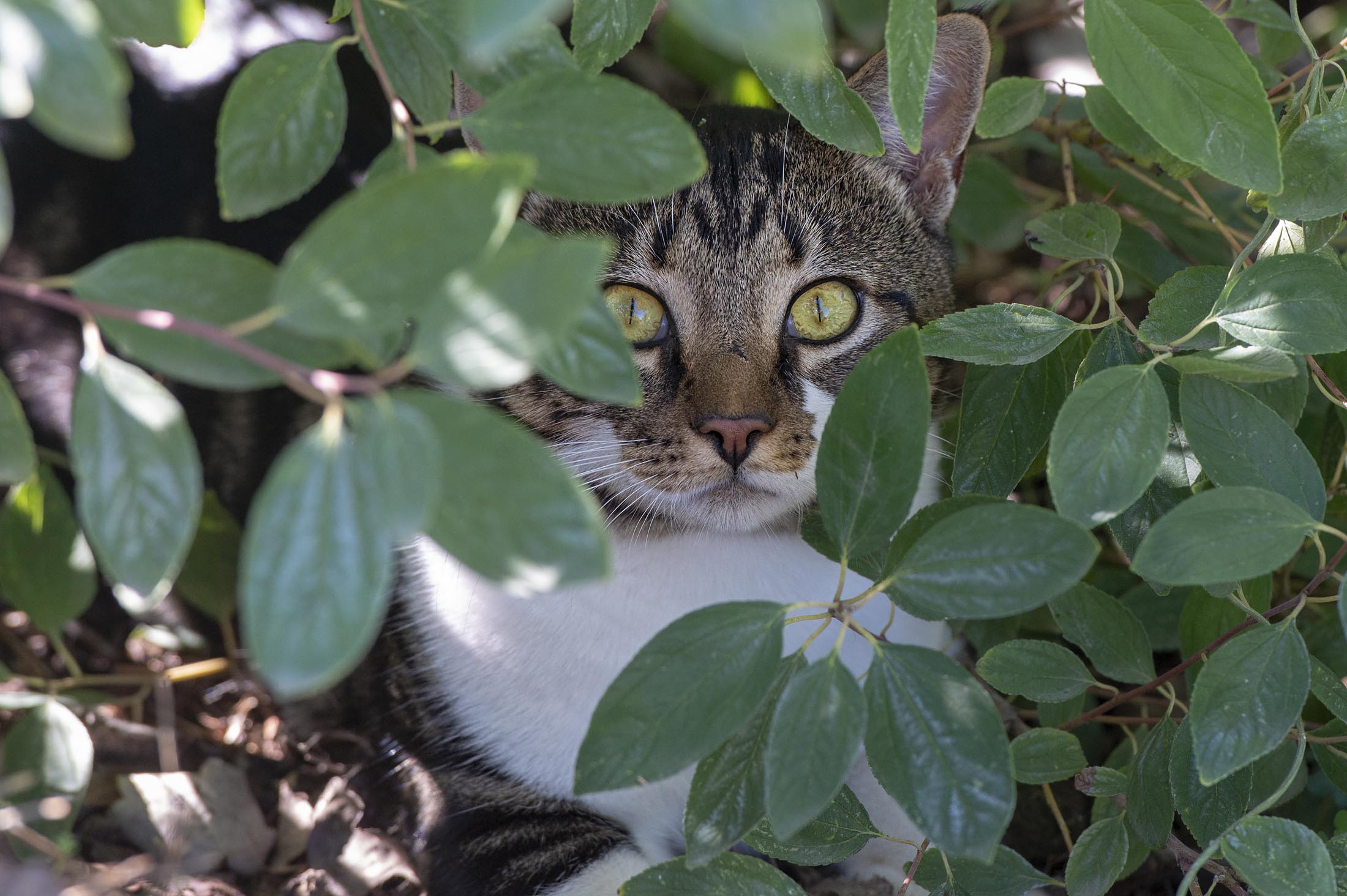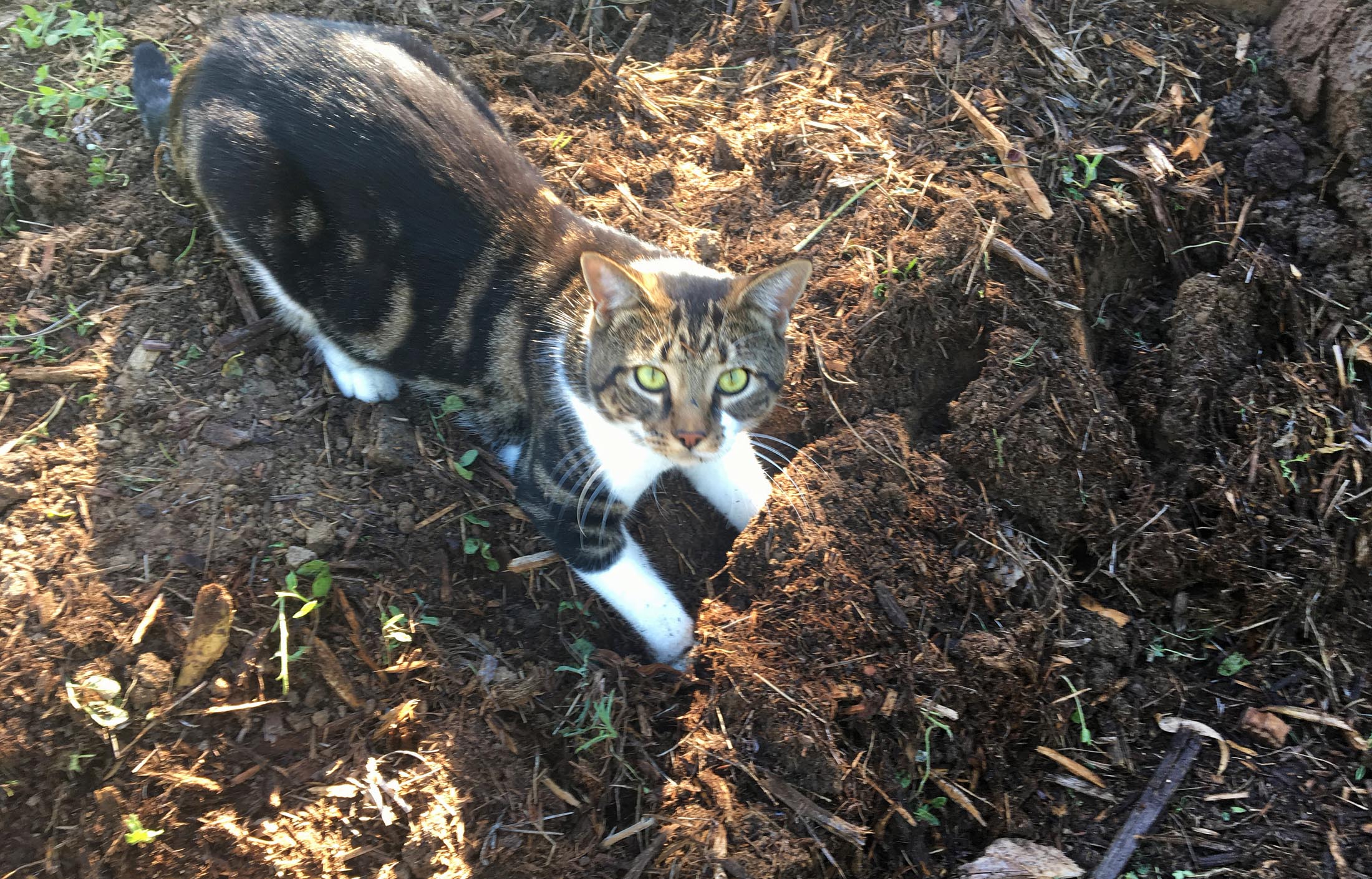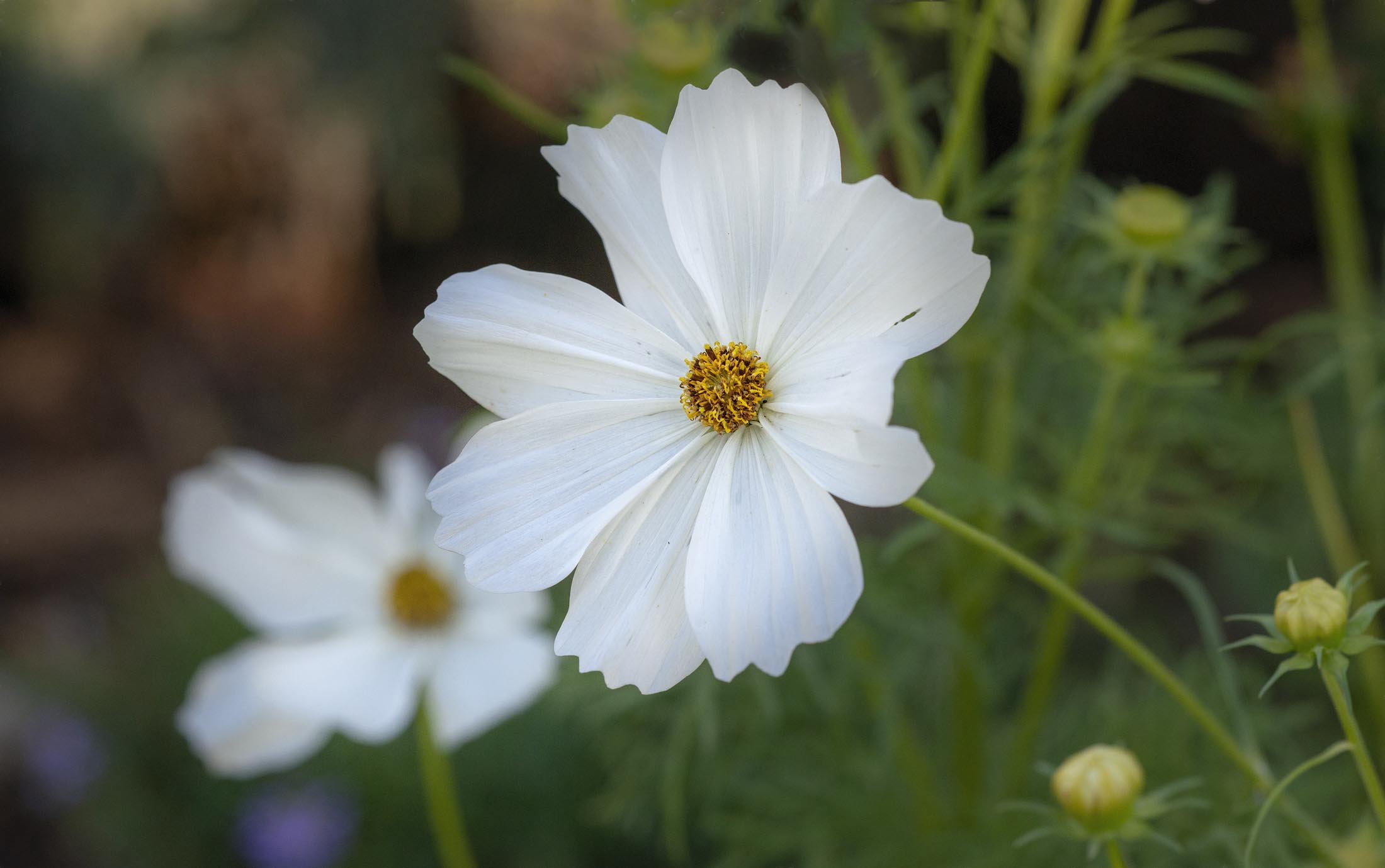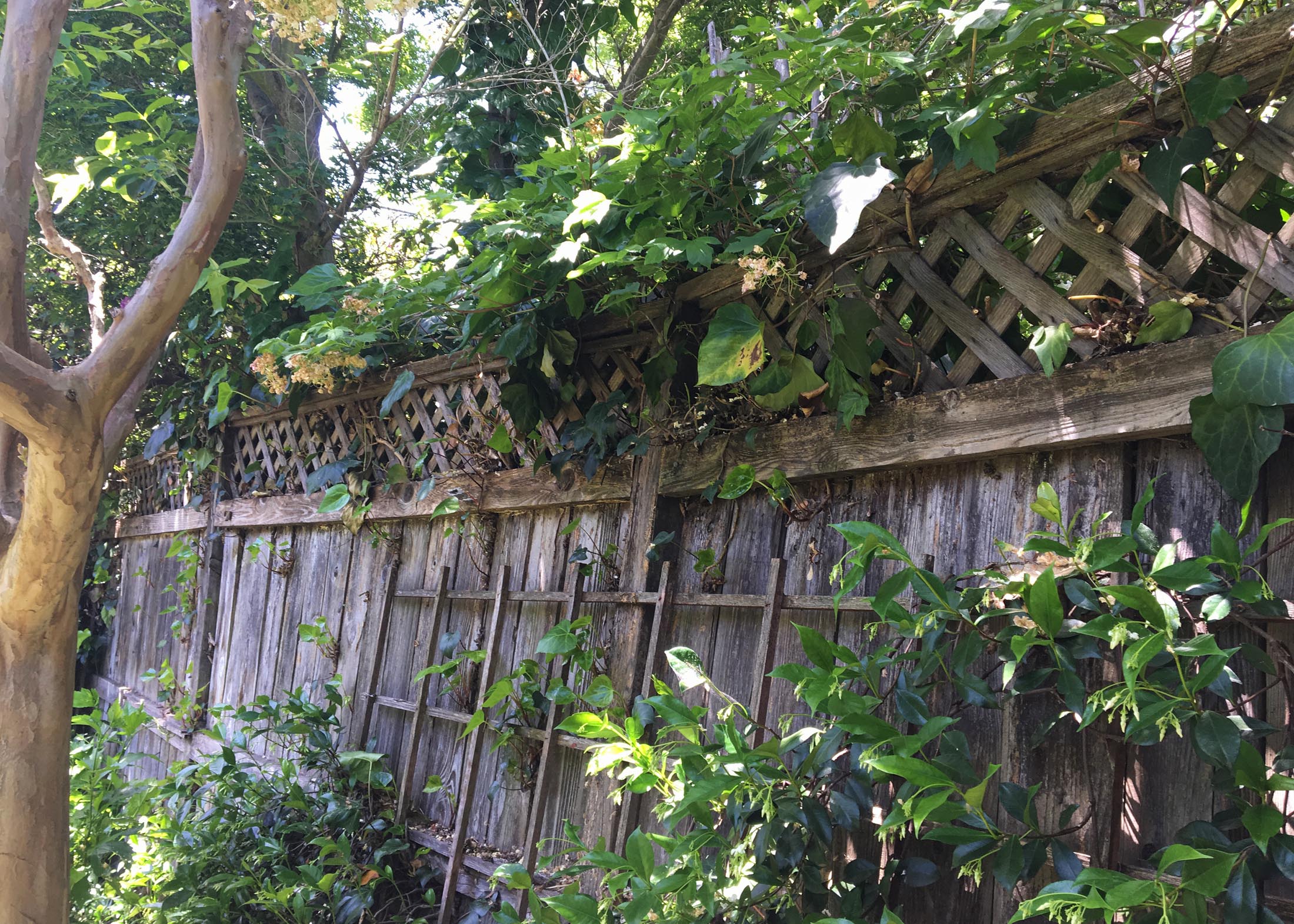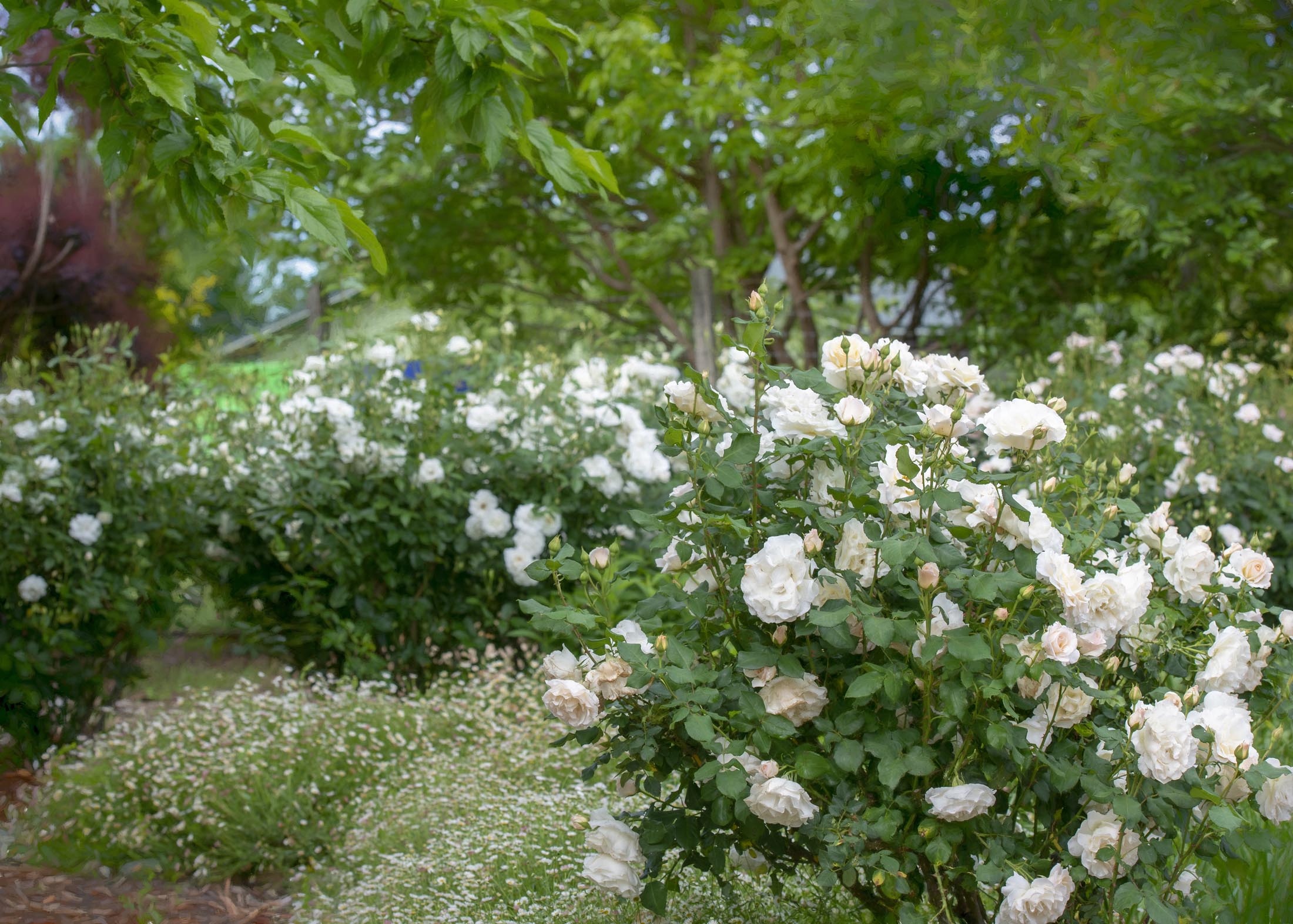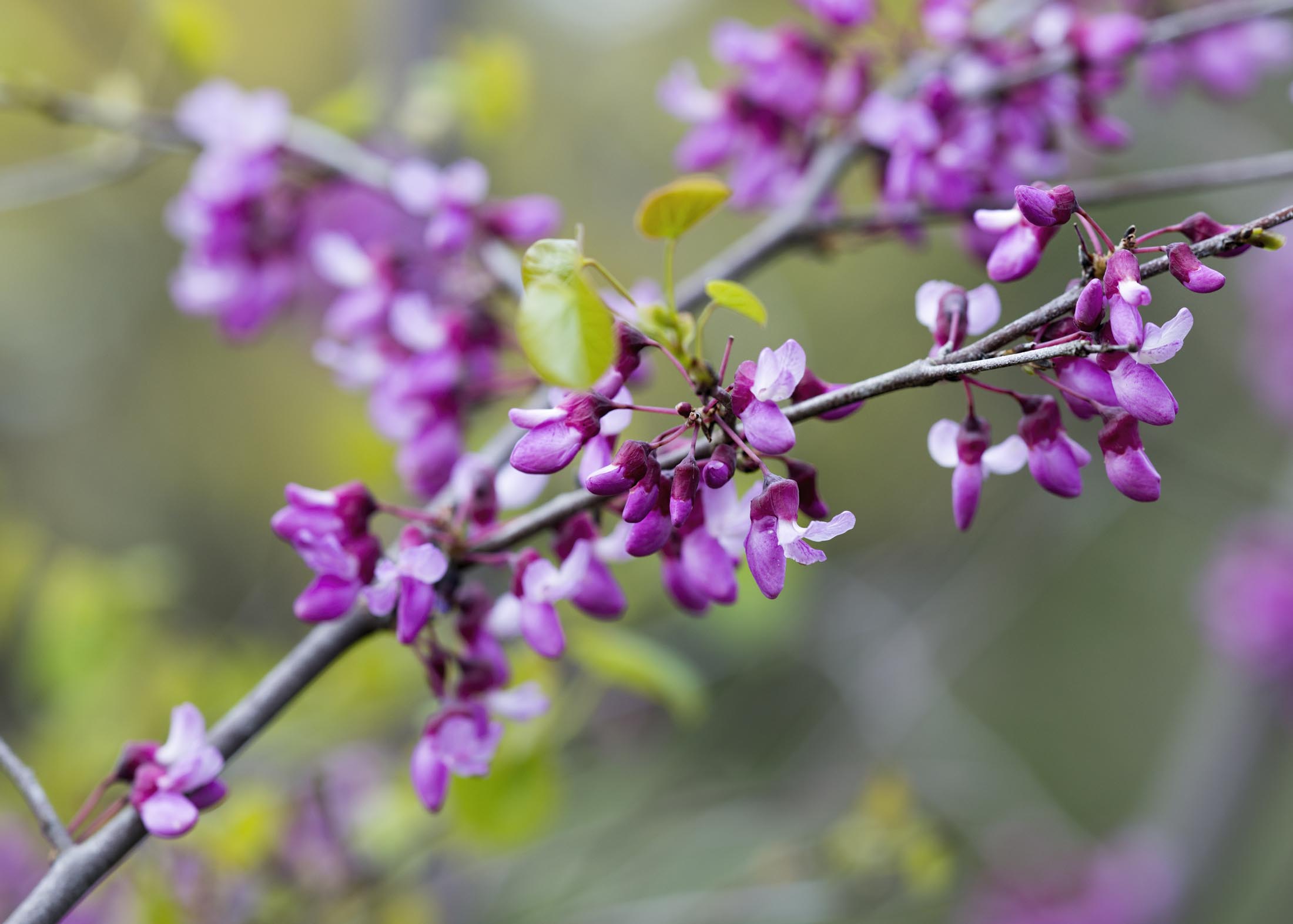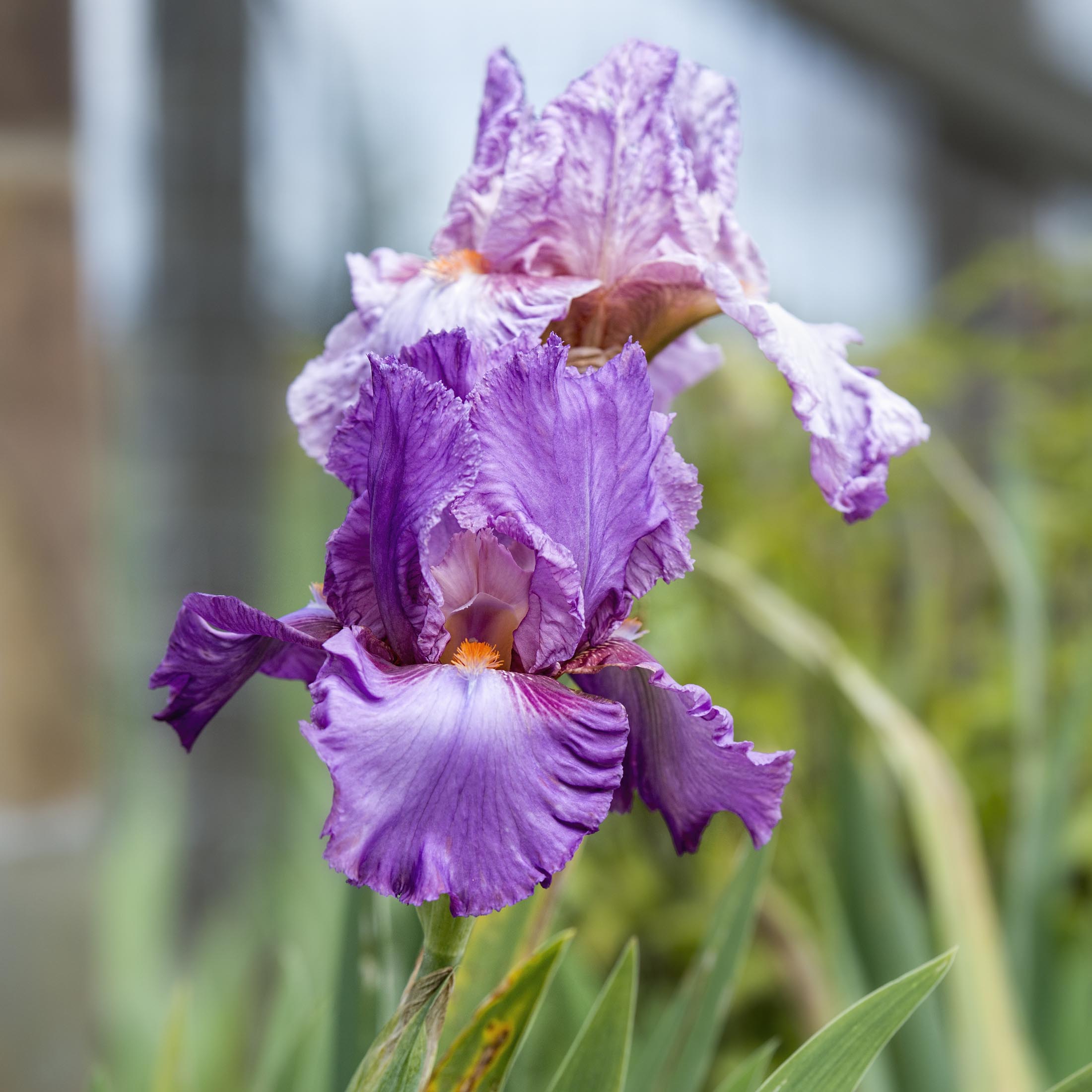Gardeners don’t fear critters, bugs, disease, or even frosts. The one thing a gardener truly fears is the fate of our gardens after we are gone.
The act of clearing, planning, planting, and nurturing a garden is belief in tomorrow – a love letter to the future. A gardener lives in anticipation of the season ahead and what surprises will spring forward. When you dig and turn that first shovel of dirt, a pact is made – between earth and gardener: I will tame and care for you and, in return, you will care for all who visit here.
Over a decade ago, our rescue’s founder, Jody, put a stake in overgrown ground and declared it a garden. The Homeward Bound Memorial Garden rose from waist-high weeds and thistles and clay to a place of peace and beauty over the next decade. But Jody rarely found time to tend to it. It was too much in view of dogs, volunteers and adopters – making it too easy for her to be interrupted and called away.
Several years ago, in a back corner of the property, Jody and her sister started clearing another piece of overgrown land. They created an oasis of raised beds, an orchard of fruit trees, a she-shed, and even a fire pit. Hidden from view, we all knew that this was Jody’s place of quiet, solitude and restoration. She monitored for emergencies, but rarely answered other calls when working there. Unexpectedly, it served another purpose: it strengthened our team and made us more self-reliant and resilient. It was to be her retirement project.
When she became ill last August, the garden was abandoned. Fruits and vegetables rotted on the vine and ground.
Winds sent beloved pieces of found art sailing. The weeds began a march to reclaim their territory.
It would have broken her heart to see what has become of her labor of love.
I asked permission of her husband to begin the work of rescue before the earth swallowed it back up.
This is a job much bigger than one person. But one can start. I cleared my way through the first stretch of jungle this weekend, digging out thistles, uprooting Johnson grass, freeing trellises and tomato cages from their tangles, and uncovering hidden treasures.
It reminded me of the first months in the Memorial Garden. It reminded me of her.
I will look to build a small team dedicated to its upkeep. In its ample space, we could feed an army of community hungry.
In its restoration, we can send our own love letter.





